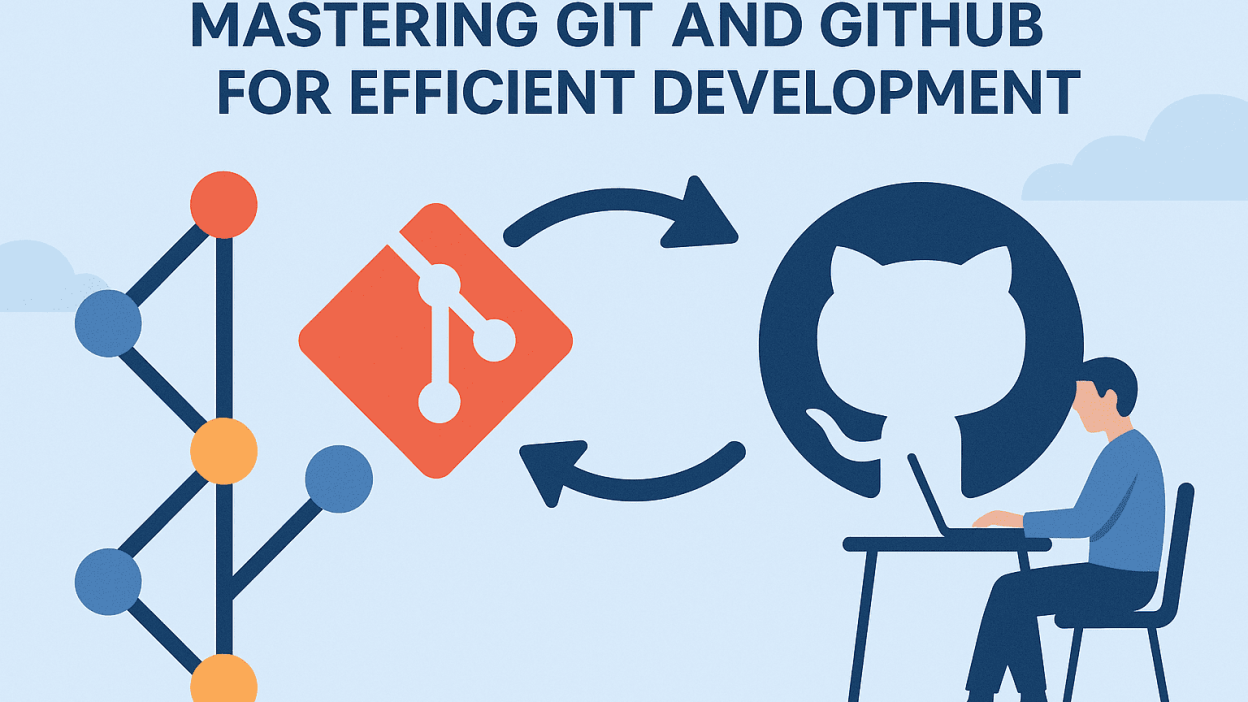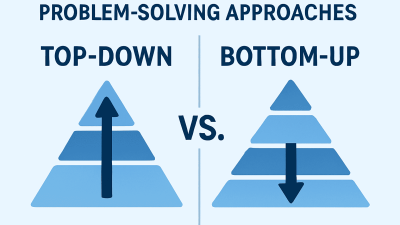Version control is essential for modern software development, enabling developers to track changes, collaborate efficiently, and maintain a stable codebase. Git, a distributed version control system, allows developers to manage code history, while GitHub, a platform built on Git, enhances collaboration with powerful tools for team-based back-end development.
Essential Git Commands for Back-End Development
Clone
The git clone command creates a local copy of a remote repository, including all files, commit history, and branches. This is the first step when contributing to an existing project.
Example:
git clone https://github.com/user/repository.git Branch
Branches enable isolated development, allowing developers to work on features or fixes without disrupting the main codebase.
Key Commands:
- Create a new branch:
git branch feature-branch- Switch to a branch:
git checkout feature-branch- Create and switch in one step:
git checkout -b feature-branchCommit
A commit records changes to the repository with a descriptive message, serving as a checkpoint in the project’s history.
Example:
git add .
git commit -m "Implement user authentication" Push
The git push command uploads local commits to a remote repository (e.g., GitHub), making changes available to the team.
Example:
git push origin feature-branchPull
The git pull command fetches and merges remote changes into the local repository, ensuring synchronization with the latest updates.
Example:
git pull origin main Collaborative Workflow with GitHub
Creating a Repository
A GitHub repository stores project files and tracks version history. To create one:
- Go to GitHub → Repositories → New.
- Choose a name, visibility (public/private), and initialize with a README if needed.
Managing Branches
- Use branches for features (feature/login), fixes (fix/bug-123), or experiments.
- Regularly update branches with git pull to avoid conflicts.
Pull Requests (PRs)
A pull request proposes changes for review before merging into the main branch.
- Push a branch to GitHub.
- Open a PR, add a description, and request reviews.
- After approval, merge the changes.
Code Reviews
- Reviewers examine PRs for errors, coding standards, and improvements.
- Comments and requested changes ensure high-quality code before merging.
Mastering Git and GitHub is crucial for back-end developers to manage code efficiently, collaborate seamlessly, and maintain a stable project. By leveraging version control and GitHub’s collaboration tools, teams can streamline development, reduce errors, and ensure a well-documented workflow.



